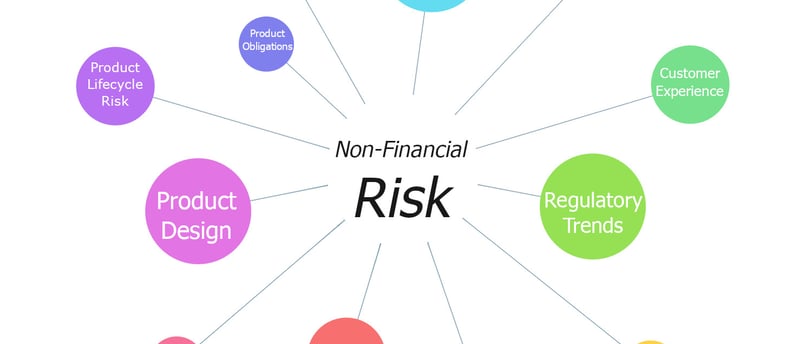The Six Dimensions of Product Governance
Why Product Risk management should not be an afterthought for Product Managers
Vasilis Hartzoulakis
11/1/20232 min read


With the advent of ESG principles Product Risk Management is increasingly part of a Product Managers' responsibility. Risks vary across many dimensions and can be devastating for some markets or young companies. The impact can be felt on your :
1. Market value (if key revenue generating products are affected)
2. Brand & Reputational Impact
3. Operational costs e.g. recalls, warranties
4. Regulatory costs, e.g. regulatory compliance, surveillance, reporting
5. Litigation costs
Managing these risks does not need to be overwhelming. We need to create a structured mitigation strategy for quality, safety, reliability, marketing, usability or responsiveness, and suitability and control these risk using a standard risk scoring methodology acceptable in your industry. These six dimensions of product governance are the cornerstones of successful product management and customer satisfaction. Let's explore each of them in detail:
1. Quality:
Quality is the foundation upon which all successful products are built. It encompasses the features and characteristics that make a product stand out. Ensuring high quality means meeting or exceeding customer expectations, adhering to industry standards, and constantly striving for improvement. Quality control measures, such as rigorous testing and inspections, play a pivotal role in maintaining and enhancing the quality of a product.
2. Safety:
The safety of a product is non-negotiable. Companies must prioritize the well-being of their customers by designing products that minimize risks and potential hazards. Safety measures can include everything from childproof packaging to fire-resistant materials. Compliance with safety regulations and continuous monitoring are vital aspects of this dimension.
3. Reliability:
Reliability is the assurance that a product will perform consistently and as expected over its intended lifespan. Customers should be able to rely on a product to fulfill its purpose without unexpected failures or breakdowns. Regular maintenance, durability testing, and feedback mechanisms all contribute to ensuring product reliability.
4. Marketing:
Marketing plays a crucial role in the success of a product. Effective marketing strategies can create awareness, generate demand, and build brand loyalty. Product governance in this dimension involves comprehensive market research, identifying target audiences, and developing a compelling value proposition. It also includes adhering to ethical advertising standards to maintain a company's reputation.
5. Usability or Responsiveness:
Usability and responsiveness are particularly important in the digital age. Products must be user-friendly and responsive to the changing needs and preferences of customers. This dimension involves constant user testing and feedback to ensure the product adapts to evolving user requirements. Intuitive interfaces, efficient customer support, and quick response times are essential components of usability and responsiveness.
6. Suitability:
Suitability refers to the alignment of a product with the needs and expectations of its target audience. Companies must continuously assess whether their products are suitable for the intended market. This involves understanding customer demographics, cultural considerations, and other factors that influence the product's fit within its niche.
Incorporating all six dimensions of product governance is a multifaceted process that requires careful planning, ongoing assessment, and a commitment to meeting and exceeding industry standards. Neglecting any of these dimensions can lead to negative customer experiences, legal issues, and damage to a company's reputation.
By embracing a holistic approach to product governance, companies can ensure that their products not only meet current standards but also remain competitive and adaptable in a rapidly changing business landscape. A commitment to quality, safety, reliability, marketing, usability or responsiveness, and suitability is the key to long-term success and customer satisfaction.
If you want to discuss how to compile an Ethical Product Risk Management Plan get in touch.
